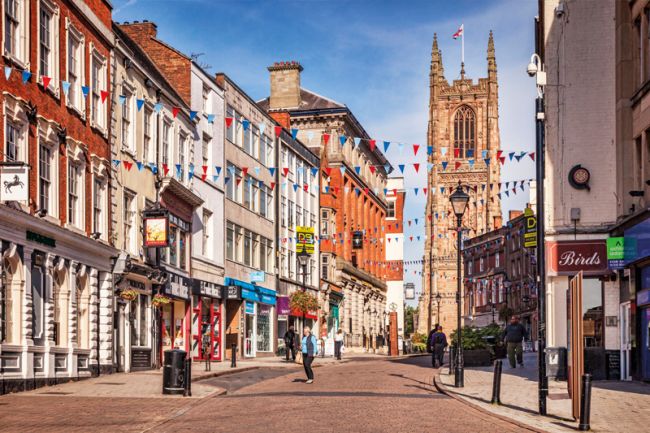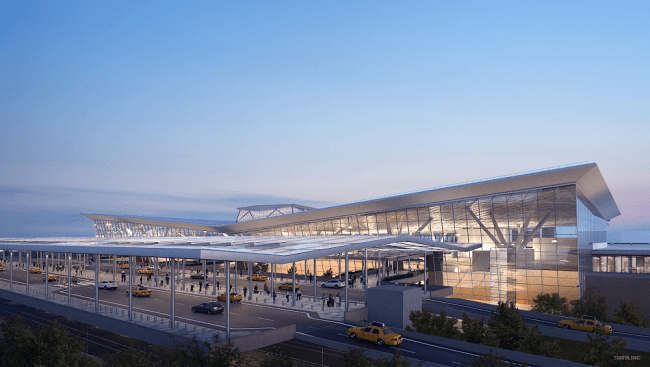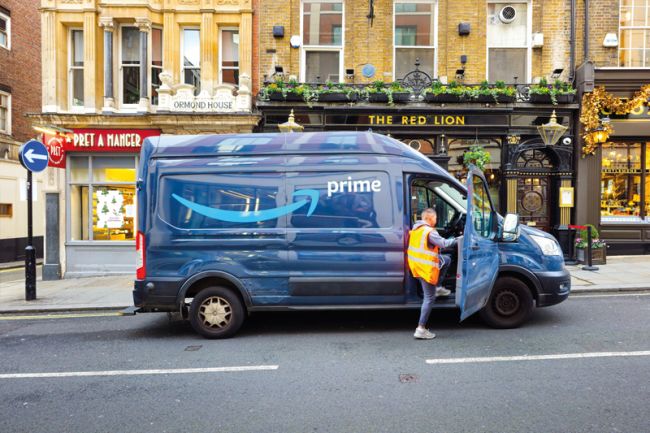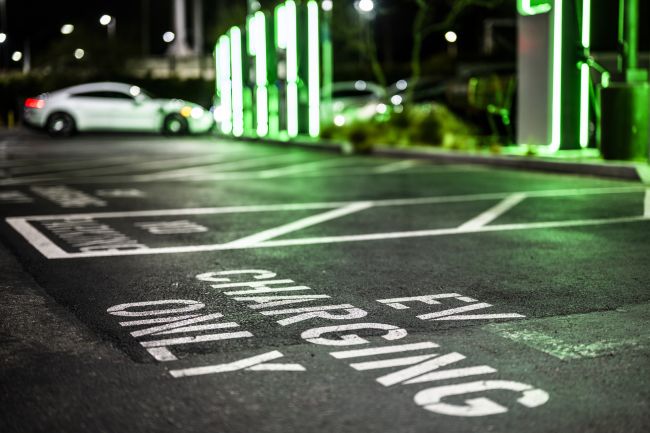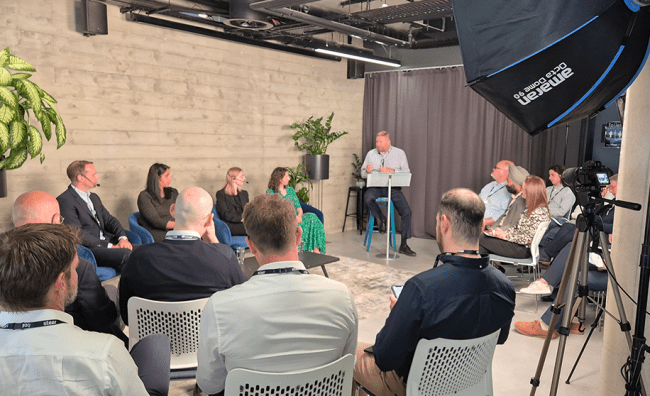Can personas help us to fill the data gaps on LGBTQ+ experiences of public transport?
During Pride Month, we’re reflecting on the role of visibility, not just in culture, but in infrastructure planning.
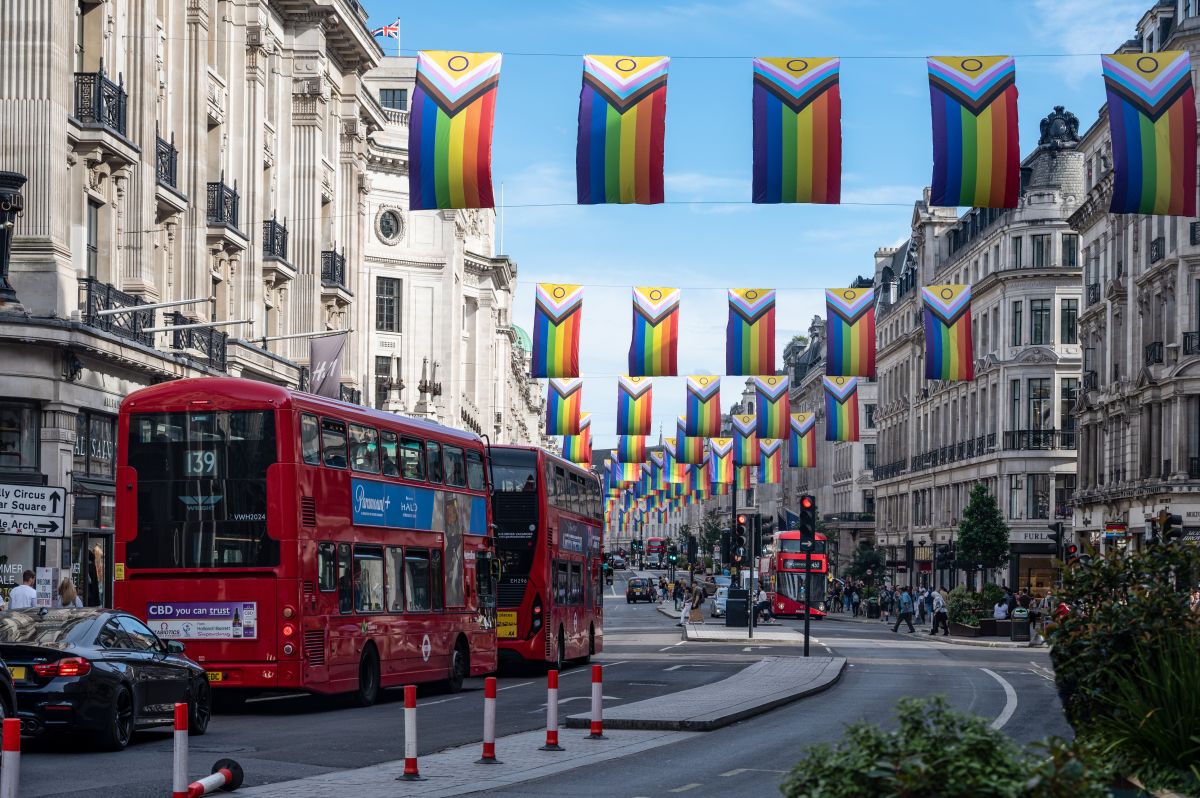
A growing body of evidence, including the book Invisible Women by Caroline Criado Perez, has highlighted and raised awareness of gender disparities in how we structure, operate, and maintain our built environment. A key example given in the book is snow clearing in Sweden – a local authority realised that focusing on roads rather than pavements was having a negative impact on women, who were much more likely to be making pedestrian journeys with prams and therefore trapped in their homes. These examples show that designing policies and strategies around the ‘average’ customer doesn’t necessarily lead to equitable outcomes.
Such examples of bias also apply to other groups. There’s much less research to date on how LGBTQ+ people might have different experiences or priorities for transport.
LGBTQ+ people are more likely to live in cities and may therefore be particularly affected by poor public transport infrastructure, but we don’t know for sure as little data is consistently collected in either the US or the UK. There is some evidence from research commissioned by Transport for London (TfL) that queer Londoners are more likely to have experienced hate crime or harassment while travelling, but we don’t know much else about how the community’s experience and needs as they relate to transport networks might differ from the rest of the population.
Personas, a tool commonly used in marketing and user experience design, could be leveraged to provide some insights and to draw out the impacts of different experiences, but there are also some pitfalls.
What are Personas?
Personas are fictional characters based on aggregated user data which represent different people or user types who might be interfacing with a service or impacted by a decision. Personas aim to ensure products, services, and experiences reflect a range of perspectives rather than just one single average user or the preferences of designers. They can be beneficial in expanding empathy and helping to overcome biases and blind spots, but there are pros and cons to this approach.
The UK Department for Transport’s ‘Transport User Personas’ are a good example of this. Based on survey evidence, they developed 12 different personas based on different users of the transport network. By creating a story and a name for each of these personas, it’s easier to imagine how policies might impact them.
Personas encourage designers and decision-makers to “step into another person's shoes” as they approach decisions. For example, consider that you are designing a fork. How would the design of the fork need to change if you were designing it for a child, for someone who is blind, or for someone who has fewer than five fingers? Personas can help us reorient our approach to problem-solving and solution design.
The Problem with Personas
The criticism of personas is that they can be reductive and perpetuate stereotypes. To be effective, personas should be based in user data or research that incorporates the perspectives of the community being represented. Without any data on the priorities of the wider community, personas serve no purpose and instead can seem tokenistic, with little connection between a persona’s characteristics and the community’s lived experiences.
The queerness of personas is often inferred through their relationships, creating quite a narrow representation.
Examples and Case Studies
Personas for Better Data Delivery: The Mid-Ohio Regional Planning Commission (MORPC), serving as a data intermediary for Central Ohio, created a set of data user personas to help integrate user-centred design into their efforts to provide essential data to their members, partners, and the public – understanding that different audiences have different needs and expectations when it comes to thinking, designing, and communicating with data. MORPC developed seven personas based on research, focus groups, interviews, and survey data. These personas represent highly data-literate users (“Savvy Sonja”) and engaged citizens with low technical ability (“Engaged Elaine”). The result is a creative set of personas that helps MORPC staff think about the region’s data needs and how best to deliver their data and services.
Personas for Equitable Transit Improvements: Another notable example comes from the San Francisco County Transportation Authority (SFCTA), which applied the Mobility Equity Framework to implement equitable mobility improvements. They used personas to represent various community members, ensuring that the needs of all residents, especially those from underserved communities, were considered in their planning processes.
Personas for Humanising Housing Conditions: In addition to helping expand thinking when it comes to design and decision-making, personas can also be a useful tool in humanising data and information. For example, when presenting findings to stakeholders as part of a housing needs assessment, our subsidiary, Fourth Economy, employed personas to depict a spectrum of residents of different backgrounds and socioeconomic levels to illustrate how they are being impacted by current housing conditions and what their needs, opportunities, and constraints are.
Understanding the needs of the LGBTQ+ Community
As mentioned earlier, data on the LGBTQ+ community tends to be limited and underreported. When conducting surveys, it’s also important to remember that findings may be underreported as members of this community may choose not to self-report their sexual orientation or gender identity for a variety of reasons, including concerns about personal safety.
Instead, those who are interested in developing a persona which is representative of the LGBTQ+ community may wish to seek out organisations which serve this community and engage them as part of a focus group.
But a first step in this process is to recognise that identifying the specific issues facing the LGBTQ+ community in a particular region or transport network is important and could shape the decisions being taken.


